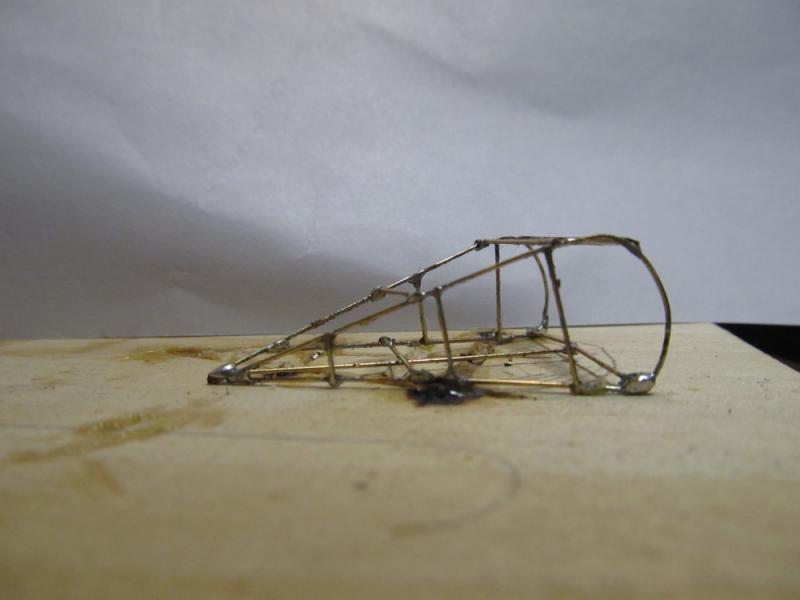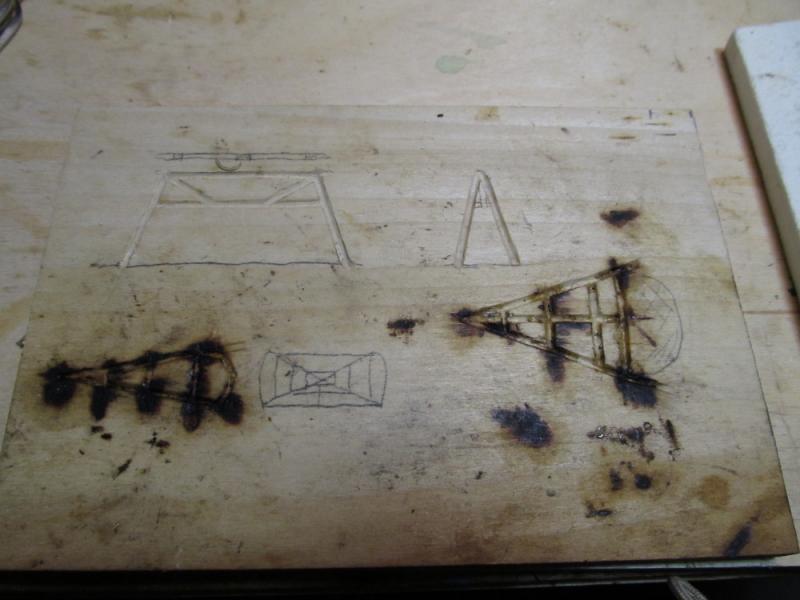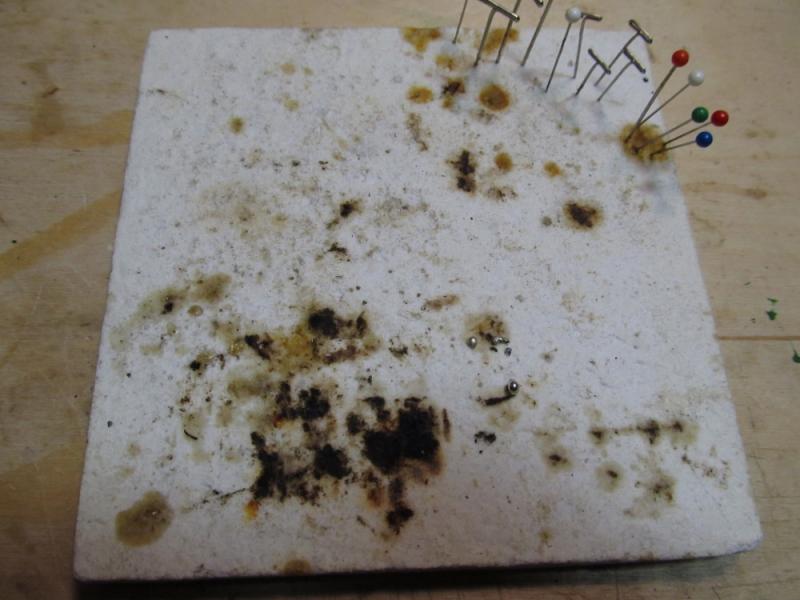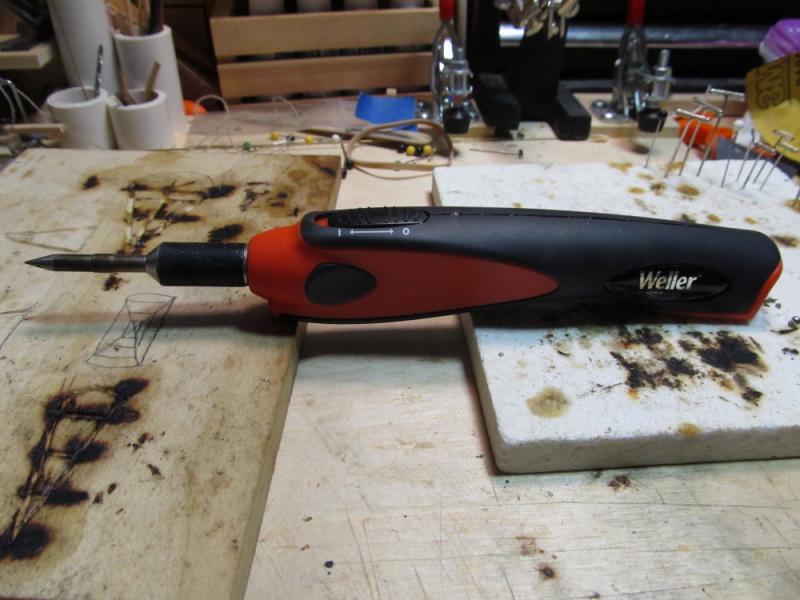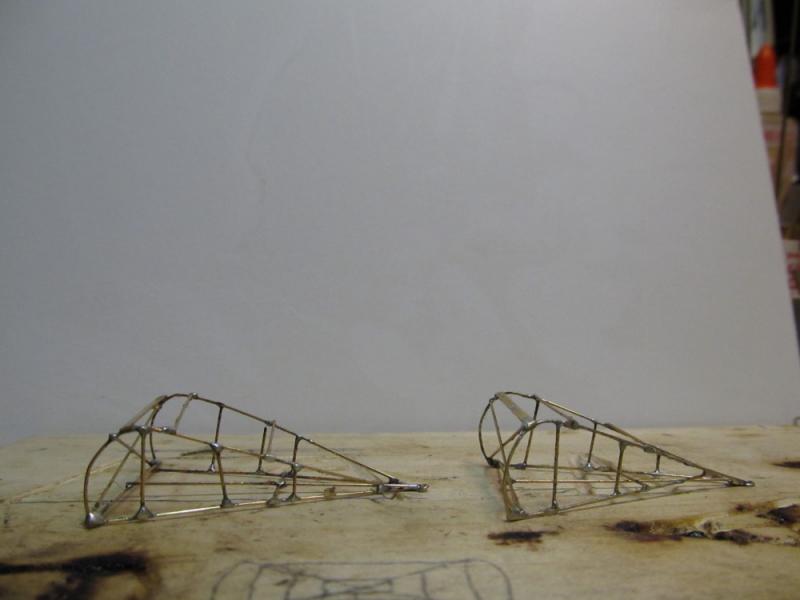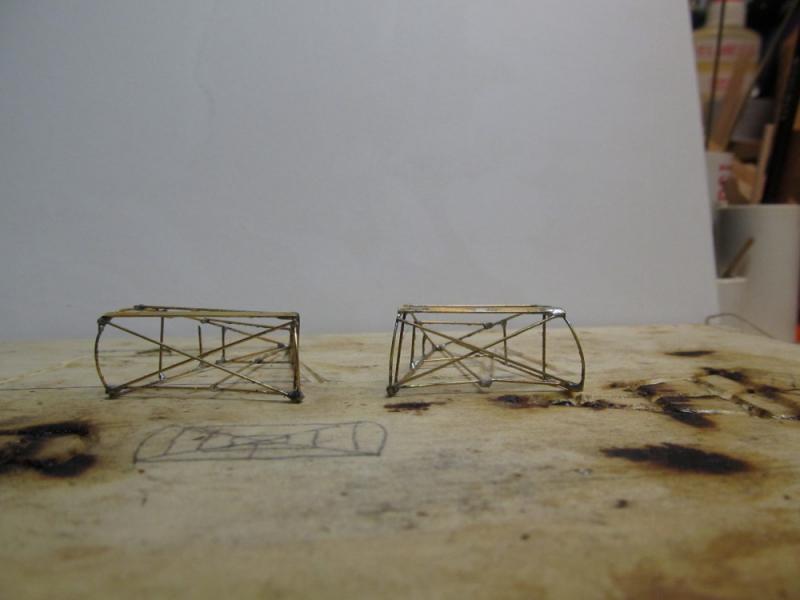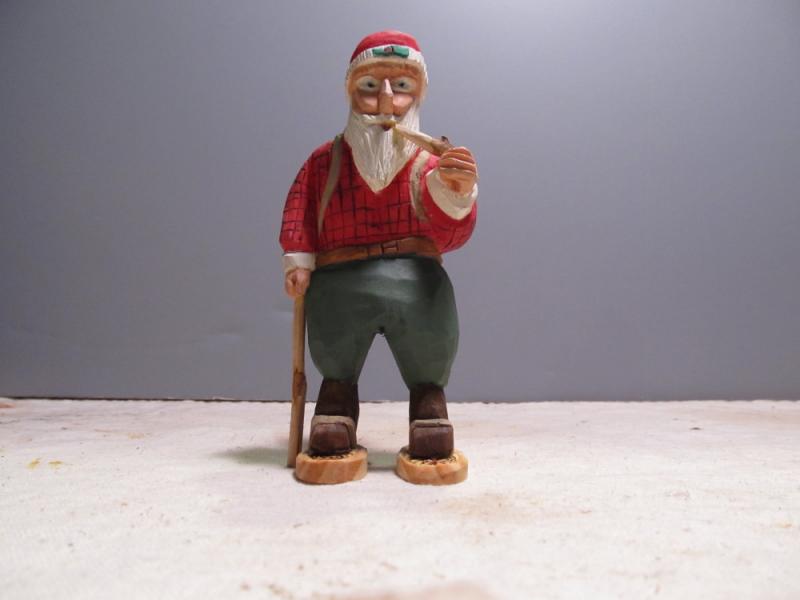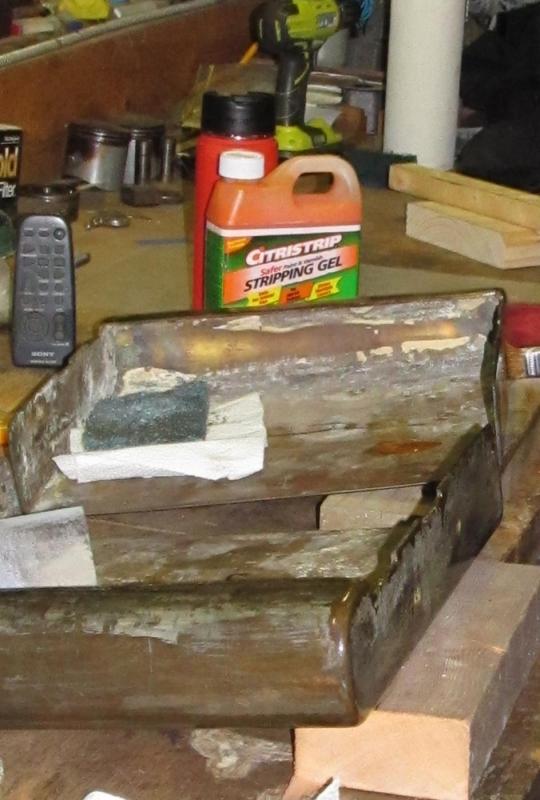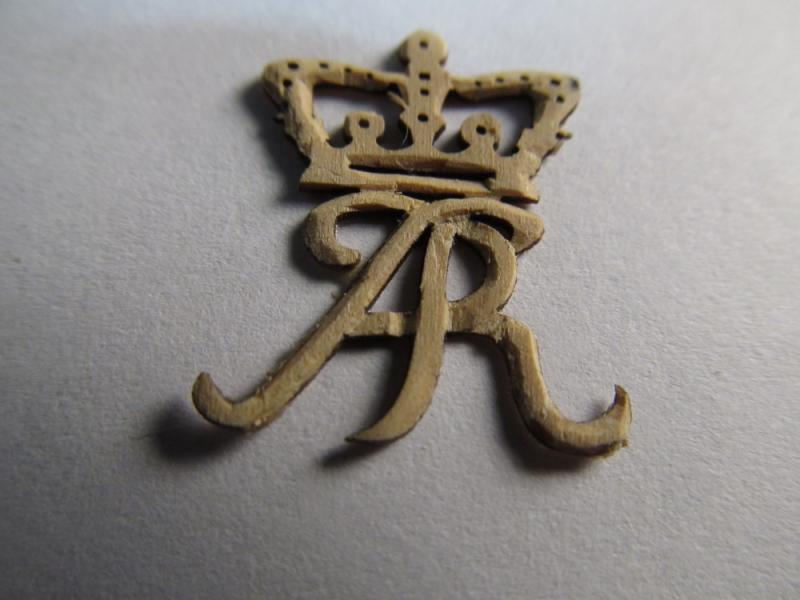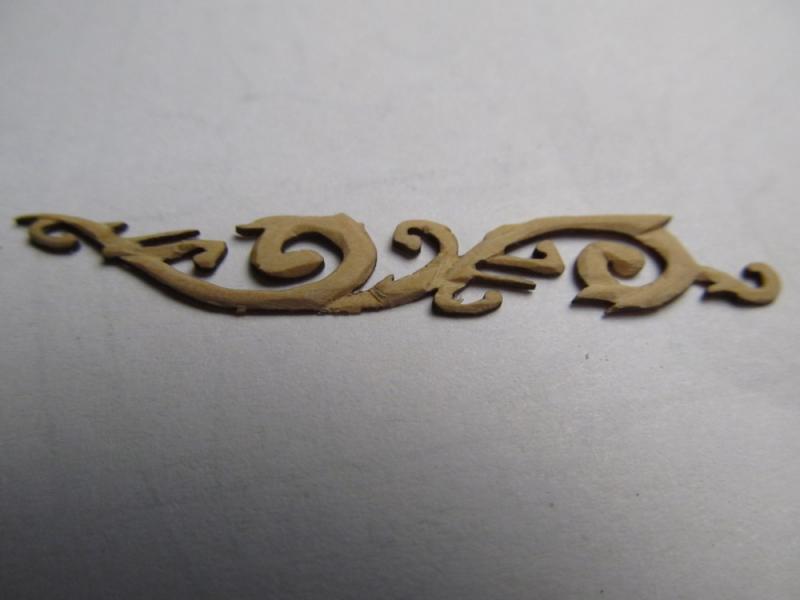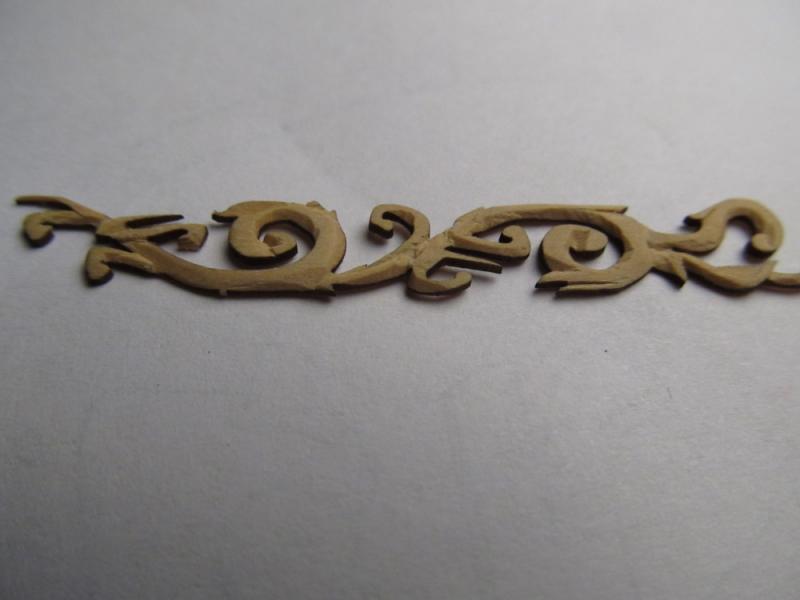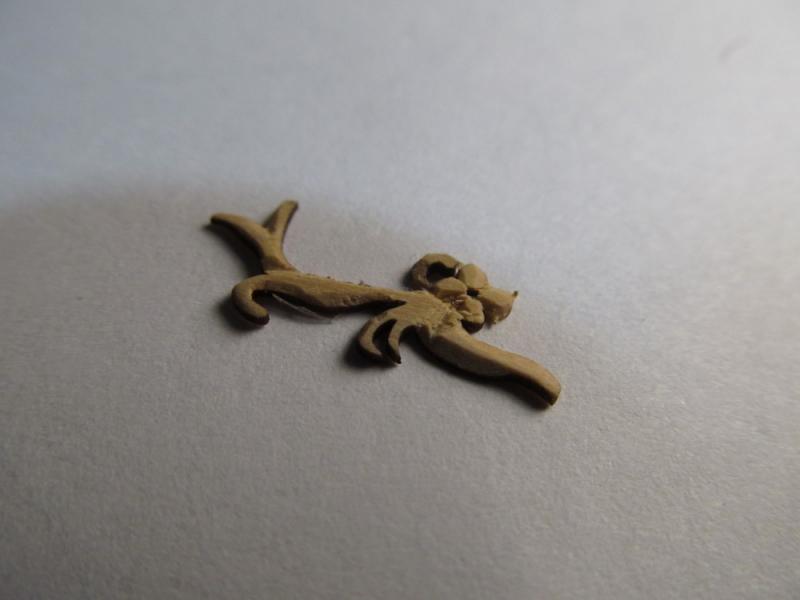-
Posts
5,662 -
Joined
-
Last visited
Content Type
Profiles
Forums
Gallery
Events
Everything posted by Jack12477
-
Very nicely done Jay. Came out really well. Regarding grain - it's not just the circular grain you encountered in that branch piece. It can also occur in straight grained blocks. I've seen the grain change just as I carve deeper into a block when I am carving figures. I have to be constantly aware of which way it is going and adjust my carving accordingly. Also there is a big difference between air dried wood and kiln dried wood. Kiln dried tends to be harder to carver in my experience than air dried.
-
Man, I guess I better grab a barrel and sit down before they are all taken. Glad to see you're at it again, Denis.
- 453 replies
-
- thermopylae
- sergal
-
(and 1 more)
Tagged with:
-
Mark, it's 18W but has the power of a 60W due to some patented design. The tip detaches using a phono jack connector from the main handle. According to the user instructions that accompanied it there is a digital heating element in the detachable tip. Here's what I found when I researched it. "The Weller WPS18MP heats from room temperature to 900ºF in just 35 seconds... three times faster than a standard home/hobbyist soldering iron. So there’s less time spent waiting for the iron to get up to temperature. People who do a lot of soldering really like that. In an industry-standard test, the Weller WPS18MP melted six solder joints in 324 seconds, compared to 977 seconds for a typical home/hobbyist iron. Three times faster again. The basic design of the Weller WPS18 MP High Performance Soldering Iron is what makes it better. By utilizing patented power supply electronics combined with specially constructed tips, the 18-watt Weller WPS 18 MP delivers performance equivalent to that of atypical 60-watt iron. But the most dramatic difference is in the time required to go from a cold iron to working temperature." It's working better now. I took some 600 grit emery paper and cleaned the tip till it had a shiny finish; then finally got it tinned. Now it's working much better. Solder melts almost instantly and flows well. I guess it was just beginner's folly that was getting in the way And yes, they will get painted black - I'm using Floquil's original formula Engine Black.
- 250 replies
-
- willie l bennett
- model shipways
-
(and 1 more)
Tagged with:
-
WOW, very impressive milling of those skylight panels, Glenn. Ditto the stove . Question: Are you using a butane micro torch or iron to do your soldering ? I'm trying to learn how to solder brass - been using an iron with a tip rated at 900 F and Stay-Brite brand silver solder, but it's been a frustrating process.
-
Well, it's been a while since I update this build log. Spent most of my time trying to learn how to solder brass - a somewhat frustrating exercise.Then I got distracted by Chuck's miniature woodcarving project, which in turn further sidetracked me into doing an Adirondack [mountain] Santa for my granddaughter's Christmas present. But I finally got the oyster dredges finished. Trying to file down some of the solder joints ended up breaking the connections, forcing me to re-solder (more frustration). Decided to leave the joints a little proud with the solder. Photos below: The jigs, asbestos board, and Weller brand iron (tip is rated at 900F) The jigs turned out to be great collectors of the melted, now liquid, flux and seemed to act more as a heat sink. Solder took a long time to melt and flow. Those are 2 mm wide grooves in the wood, a bit too wide for the thin brass wire the kit provided; so keeping parts aligned and in contact became a huge issue for me.I did resort to using the white solder board and pins but the pins also acting as heat sinks. I'm still working on a methodology for this. The finished dredges And Santa [with his pipe, snow shoes, and walking stick]
- 250 replies
-
- willie l bennett
- model shipways
-
(and 1 more)
Tagged with:
-
Looking good Jay. Two things you might consider to hold your work, first is the rubber honeycomb shelf liners, they're easy to cut, about 1/8 inch thick available in most kitchen gadget stores and some grocery stores (at least here in the states) and the second (which I prefer) is a bench hook like the one in my post # 12 above - last 3 photos. It's a piece of 1/2 inch cabinet grade birch plywood about 12 inches square. Not the notch cut in the back piece and the short block on the left, these allow you to angle the piece and the opening between the block on left and back panel allows the shavings to be cleared out easily. You can make the bench hook any size you want - I have several in various sizes for woodcarving, general woodworking and model ship building. I use both; I put the shelving liner under the bench hook - protects the "furniture" and keeps the hook from moving around. No clamps needed. Of course the bath mat works also.
-

Guidance, Encouragement, or just a Sanity Check
Jack12477 replied to RFP's topic in Wood ship model kits
I agree with everyone ! Go for it ! I'm 75 now but did build the Morgan a few years back for a friend. It's a challenge but looking at your Constitution model you are definitely up to the challenge. Open a build log so we can all follow along. -
I also have their chisels and the full set of miniature planes and they are excellent - also have the Kell chisel guide from Garrett Wade and use it a lot on my smaller chisels.
-
Don't understand the observation ! I am right-handed and the way the knives are depicted in Ken's photo is the way I lay my knives down with the blade pointing away from my hand. A leftie would presumably point the blades to the right away from his/her left hand. When you reach for the knife you don't want to accidentally grab the sharp blade with your hand or worse stab yourself in the hand reaching for the knife..
-
Michael, would this Citrus based (CitrisStrip Stripping Gel) paint & varnish remover work for you? We've been using it to remove paint and varnish from a 104 year old bronze end cap from an ice boat we are restoring.
- 749 replies
-
- albertic
- ocean liner
-
(and 2 more)
Tagged with:
-
Word of caution with blades that have two cutting edges : One carving technique is to use the thumb of the opposing hand to help "power" the blade along; most carvers who use this technique place their thumb on the back edge (spline) of the blade. Double edged blades can result in some very severe cuts - doesn't take a lot of force to cut yourself with these carving blades. I know - had a few accidents myself. So be careful.
-
Frank, thanks for the answer. I'm really enjoying your build.
- 649 replies
-
- dunbrody
- famine ship
-
(and 2 more)
Tagged with:
-
Frank, I notice you are using a milling machine to mill your jigs in Corian. For those of us not fortunate enough to own a mill, do you have any suggestions on how we can duplicate your fine jigs? Will a Dremel with its router attachment and a straight edge guide achieve the same results? Thanks.
- 649 replies
-
- dunbrody
- famine ship
-
(and 2 more)
Tagged with:
-
It's called a Bench Hook here in the States. I have several of them all of different dimensions. I have one for carving, one to hold the sharpening stone, and several miniature ones. They come in handy even if you have a standard workbench. An example of one of mine is shown in the last 3 photos of this post in the Woodcarving Group Project.
-
No, never seen it in Lowes or Home Depot. I get it from my local woodworking shop, Warren Cutlery, in Red Hook. A full roll is about $60 but he sells it by the foot also, ($2.50/ft) so I get a linear foot at a time of each grit (120, 240, 320, 400). A foot section lasts me over a year, sometimes 2 years, before I need to resupply. Try a local woodworking shop near you, Mark.
-
I finished sanding mine off with 400 grit dry paper. Then soaked them in isopropyl for a couple of hours, and like Chuck said, they just floated free from the base. The smallest one suffered some damage but the piece can be glued back when needed. Likewise one of the crown's suffered a small break and curled on one leg of the "R". After photographing them I put them in a safe container for later. I still have a 2nd set which I will save for a later time. Here's my results:
-
When I was doing plastic model building, I took a 1/4 thick piece of birch plywood cut to about 18" x 24", lined the bottom (table side) with peel and stick felt to protect the dining table, tacked 1/2 sq rails around 3 sides and used that as a work surface. Those self-healing green mats in JoAnn's or Michaels work well also. The nice thing about the plywood work surface was that it was portable.
About us
Modelshipworld - Advancing Ship Modeling through Research
SSL Secured
Your security is important for us so this Website is SSL-Secured
NRG Mailing Address
Nautical Research Guild
237 South Lincoln Street
Westmont IL, 60559-1917
Model Ship World ® and the MSW logo are Registered Trademarks, and belong to the Nautical Research Guild (United States Patent and Trademark Office: No. 6,929,264 & No. 6,929,274, registered Dec. 20, 2022)
Helpful Links
About the NRG
If you enjoy building ship models that are historically accurate as well as beautiful, then The Nautical Research Guild (NRG) is just right for you.
The Guild is a non-profit educational organization whose mission is to “Advance Ship Modeling Through Research”. We provide support to our members in their efforts to raise the quality of their model ships.
The Nautical Research Guild has published our world-renowned quarterly magazine, The Nautical Research Journal, since 1955. The pages of the Journal are full of articles by accomplished ship modelers who show you how they create those exquisite details on their models, and by maritime historians who show you the correct details to build. The Journal is available in both print and digital editions. Go to the NRG web site (www.thenrg.org) to download a complimentary digital copy of the Journal. The NRG also publishes plan sets, books and compilations of back issues of the Journal and the former Ships in Scale and Model Ship Builder magazines.


